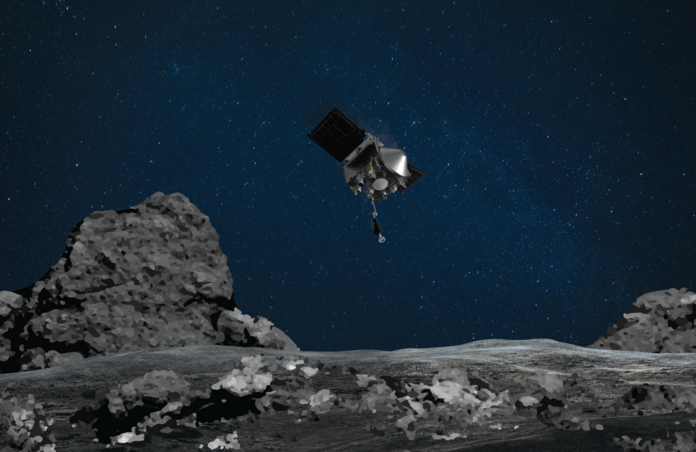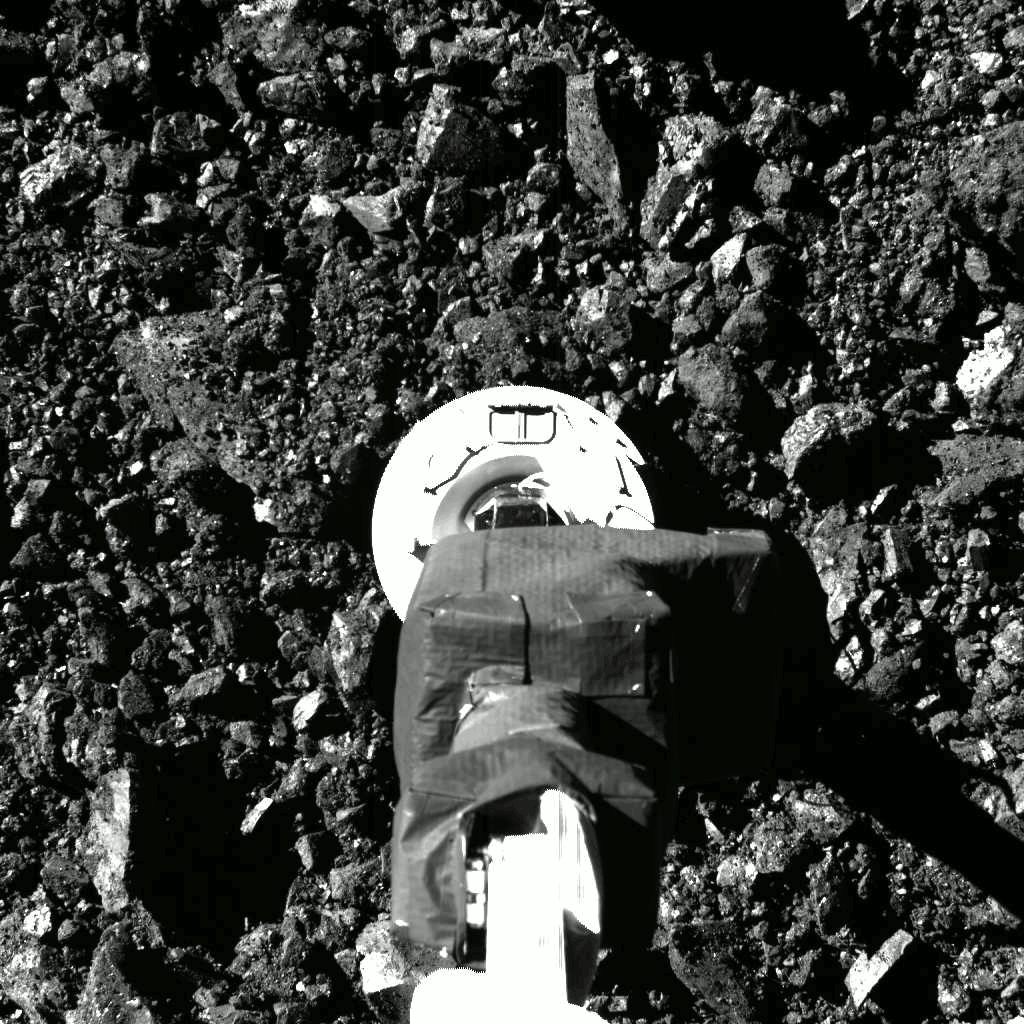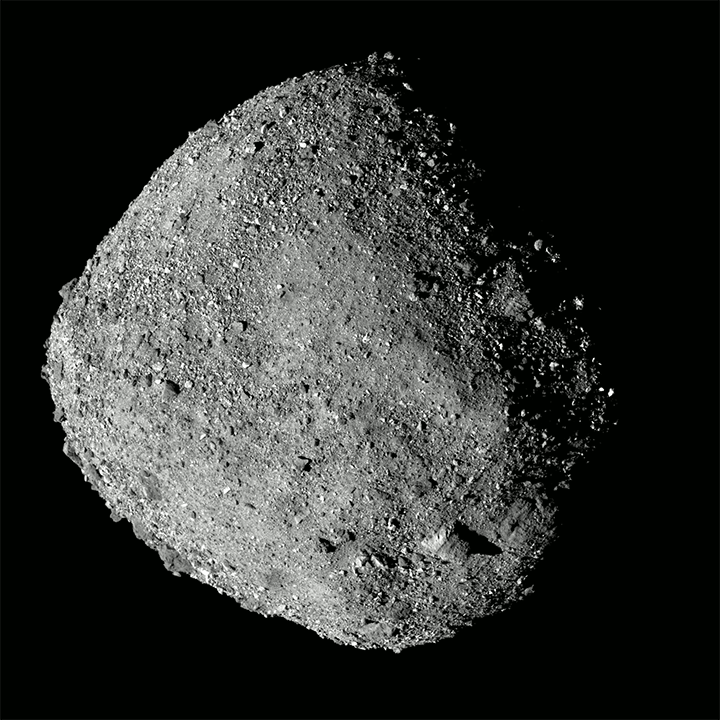The OSIRIS-REx mission sees asteroid samples returning to earth in 2023

The OSIRIS-REx mission was launched on the 8th of September, 2016 with the aim of collecting a sample of material from the surface of asteroid Bennu. Since its departure from earth, it has successfully travelled to Bennu and will make its return home in around a year’s time on the 24th of September, 2023.
The spacecraft had a number of steps in its journey, briefly arriving back to earth in September of 2017 to complete a speed-boosting flyby of the planet. After arriving at Bennu on the 3rd of December, 2018, it took detailed measurements of the asteroids mass and shape. Following this, the spacecraft began its orbit of the asteroid on the 31st of December, along with a final touchdown on its surface to collect a sample of the galactic substance on the 20th of October 2020. Now the space probe is at around halfway in its journey back to earth, hoping to bring the sample safely back home for further testing.

The OSIRIS-Rex mission costs $800 million and was chosen as the winning proposal in 2011 by NASA’s New Frontiers mission class. The New Frontiers program consists of a series of medium-class spacecraft missions with the aim of improving our understanding of the solar system. The spacecraft is built with a sample collecting arm known as TAGSAM, which gathered 5-12 ounces of asteroid material. Along with this it is equipped with 5 instruments to study, map and analyse the asteroid, including 3 spectrometers (visible and infrared, thermal emission and regolith x-ray imaging), a camera suite and a laser altimeter.

But why choose Bennu?
Bennu is one of several thousand near-earth objects which orbit within 190 million km from earth. However, of these several thousand, only 200 have well-known orbits which are also similar to earth. Bennu is one of these objects, orbiting the sun every 436 days along with its closest approach to earth repeating every 6 years. Additionally, the asteroid has a big enough size, spanning 500m in diameter, whereas much smaller rocks will spin too fast for a spacecraft to make a safe landing on their surface. However, the most intriguing thing about Bennu is that it is a type of asteroid which hasn’t changed much since its formation, therefore making it a specimen of the early solar system which will provide astronomers insight into the past. These types of asteroids are believed to have transported water and organic material to earth, thus providing the seeds for life to grow and flourish.

This week at the American geophysical union 2022 fall meeting in Chicago saw planetary scientists come together to discuss what is expected from the return. The aim is to get the sample home and safely into a lab to preserve the material. Once the spacecraft makes a touchdown, it will be sent to a clean room immediately to avoid any contamination from dust or debris on earth. It will then be flown to the Johnson space center, which will be its final home for further testing and analysis. 75% of the sample will be preserved for future scientists, and the remaining quarter will be analysed and cataloged by the OSIRIS-Rex team. The team will take great care when dealing with the sample, using special equipment such as vacuum tweezers to make sure they collect as much of the asteroid material as possible. The first preliminary results should be available as soon as the 2nd of October, 2023.
However, the space probe won’t be stopping for long. It will begin its next journey to the second near-earth asteroid named Apophis, to get a closer look at the hazardous rocky body which is of a different type to Bennu. After reaching Apophis in 2029, the newly dubbed OSIRIS-APEX spacecraft will spend 18 months studying the asteroid, hoping to uncover more information about these rocky planetesimals.
--
Cover image: NASA/Goddard/University of Arizona.
References: space.com (2022) OSIRIS-REx: NASA's asteroid study and sample return mission. Accessed 14 Dec, 2022 from: https://www.space.com/33776-osiris-rex.html
